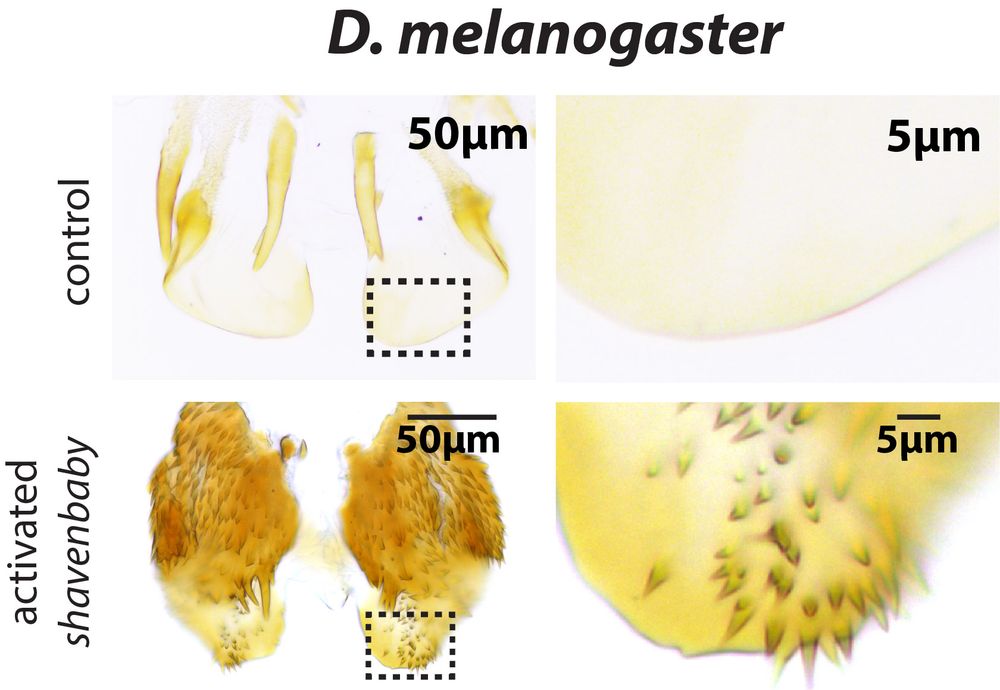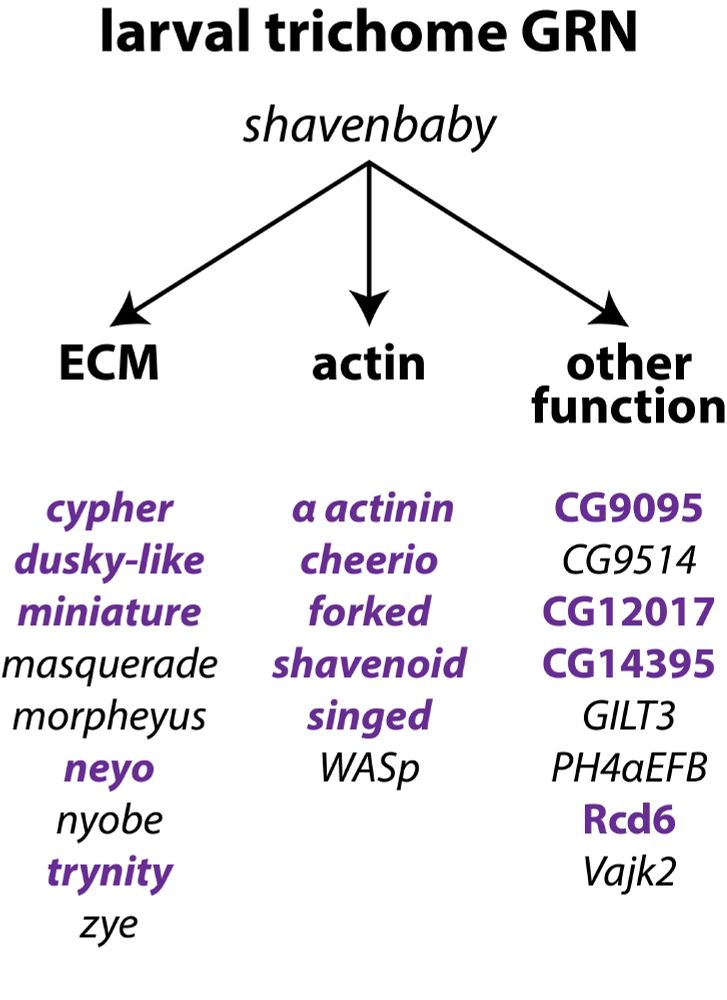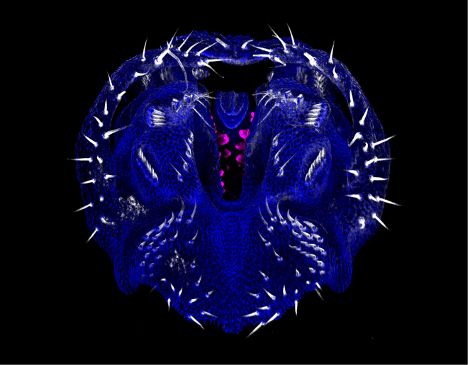
https://rebeizlab.weebly.com/

This is one of the first times that genetic network co-option has been recapitulated through experimental manipulations.

This is one of the first times that genetic network co-option has been recapitulated through experimental manipulations.




In it, @gavinrrice and colleagues, infer and reproduce the likely initial steps of a novelty's formation
www.sciencedirect.com/science/arti...

In it, @gavinrrice and colleagues, infer and reproduce the likely initial steps of a novelty's formation
www.sciencedirect.com/science/arti...

